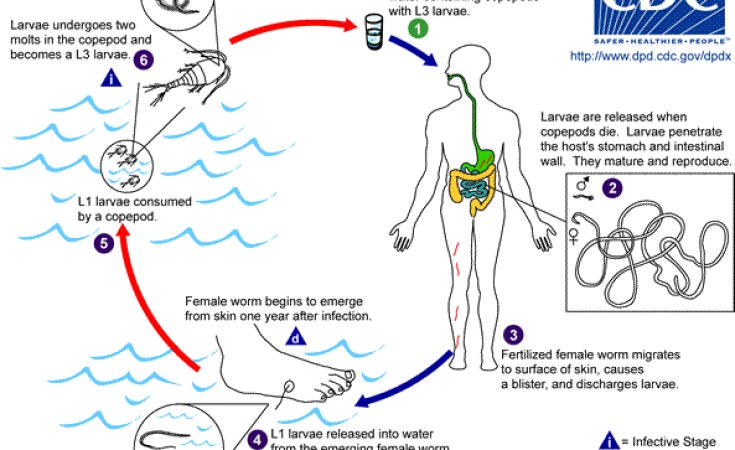A new and improved Eastern Mediterranean Flu Network (EMFLU 2.0) promises to be a more flexible and efficient tool for sharing epidemiological and virological data on influenza in WHO's Eastern Mediterranean Region.
The original version of EMFLU was developed in 2016 with support from the Pandemic Influenza Preparedness (PIP) Framework Partnership Contribution (PC). By combining individual and aggregated data from sentinel sites, this regional platform enabled the monitoring of influenza spread and severity among different population groups in the region and provided the means for informed decision-making on influenza prevention and control.
Key improvements
The new and improved version of EMFLU (EMFLU 2.0) is the result of work that began in 2019 to better identify and monitor individuals at increased risk of severe disease and to better track and assess the emergence of influenza strains with epidemic and pandemic potential.
Key improvements to the platform include:
- New data capture functionalities, including for multi-pathogen laboratory data and co-infection data. Data can be captured at an individual or aggregate level, and the availability of different data uploading processes means the platform is more widely accessible to country information systems.
- A user-friendly and simple interface makes EMFLU 2.0 easy to use in sentinel sites, laboratories and central and provincial government departments. Moreover, the improved platform allows assignment of different roles for accessing data according to user type.
- New tools for data analysis, including interactive reports and more options for advanced reports. Users can also now use the platform offline, with automatic data synchronization enabling each user to keep a copy of their country's data on their computer locally to support offline analysis.
- Country ownership gives country full authority to manage relevant functions and data within the system for EMFLU users
Roll-out
A total of 18 out of 21 countries with functional influenza sentinel surveillance systems already report sentinel data to EMFLU. In 2022, EMFLU 2.0 was piloted in four countries: Oman, Saudi Arabia, Somalia and Syria. Feedback from the pilot is now being used to further improve the platform, including by facilitating more integrated data reporting for influenza, SARS-CoV-2 and other respiratory viruses. The plan is to get all EMR countries and territories using EMFLU 2.0 by 2024; Somalia and Syria have already fully transitioned to the new platform.
EMFLU 2.0 will have a vital role in supporting pandemic influenza and other emergency preparedness as a regional surveillance platform that can monitor multiple emerging and re-emerging respiratory pathogens at once.


